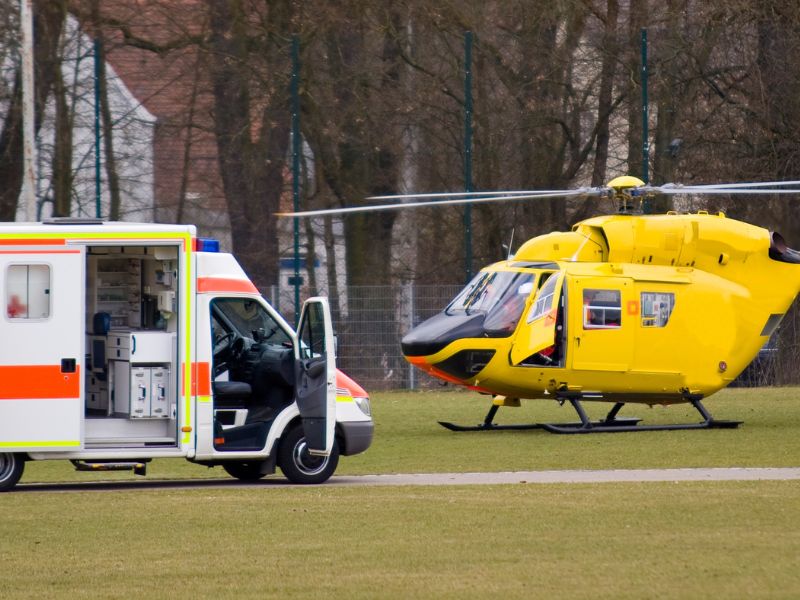
Exploring the Different Shapes of Ambulances
A World of Variety for Every Emergency
Ambulances, vital vehicles for emergency medical transport, come in a wide array of shapes and sizes, designed to meet the diverse needs of both patients and emergencies. From standard ambulances to highly specialized units, the variety of these vehicles is astounding. Here’s an overview of the main types of ambulances used today.
Type I, II, and III Ambulances: Cornerstones of Medical Assurance
Ambulances are generally classified into three major types: Type I, Type II, and Type III. Type I ambulances are built on a truck chassis, with the cab separated from the patient module and ample space around it for advanced life support (ALS) equipment. Ideal for critical emergencies and long-distance inter-hospital transfers. Type II ambulances, more compact, are built on a van chassis and are preferred for maneuverability in urban environments. They are often used for basic life support (BLS) and non-urgent transports. Type III ambulances, like Type I, are built on a cutaway van chassis with a larger opening between the cab and the patient module, making it suitable for both BLS and ALS services.
Specialized Ambulances
In addition to standard ambulances, there are specialty vehicles to meet specific medical needs. Neonatal ambulances, for example, are equipped for the safe transport of critically ill infants, including incubators and equipment specially designed for children. Bariatric ambulances cater to obese patients, with wider interiors and reinforced equipment capable of supporting up to 1000 pounds of weight.
Mobile stroke units are ambulances equipped with stroke diagnostic and therapy equipment capable of treating the patient at the scene of the attack. Reducing treatment times increases the patient’s chances of recovery.
Other types of specialized ambulances include rapid organ transport vehicles and isolation ambulances, specialized for patients with contagious diseases or exposure to hazardous materials.
Air and Maritime Ambulances: Beyond the Land
Ambulances are not limited to the land. Air ambulances, such as helicopters and propeller aircraft, are essential for the rapid transport of patients from remote areas or international transfers. Helicopters are a great asset in hard-to-reach locations, while planes are used for long distances.
In coastal regions or along major waterways, maritime ambulances provide an essential service. These vehicles can replace floating hospitals and transport patients from islands or boats to the mainland for advanced care.
Innovation and Adaptability for Every Need
The wide variety of ambulances reflects the diverse range of circumstances that necessitate effectively and quickly addressing an emergency situation. From crowded city streets to remote locations, each one has been designed to provide immediate care to patients in the shortest time possible. Thanks to ongoing design evolution and the introduction of new technologies, emergency services meet the expanding needs of patients more accessible and better than ever before.
Sources



